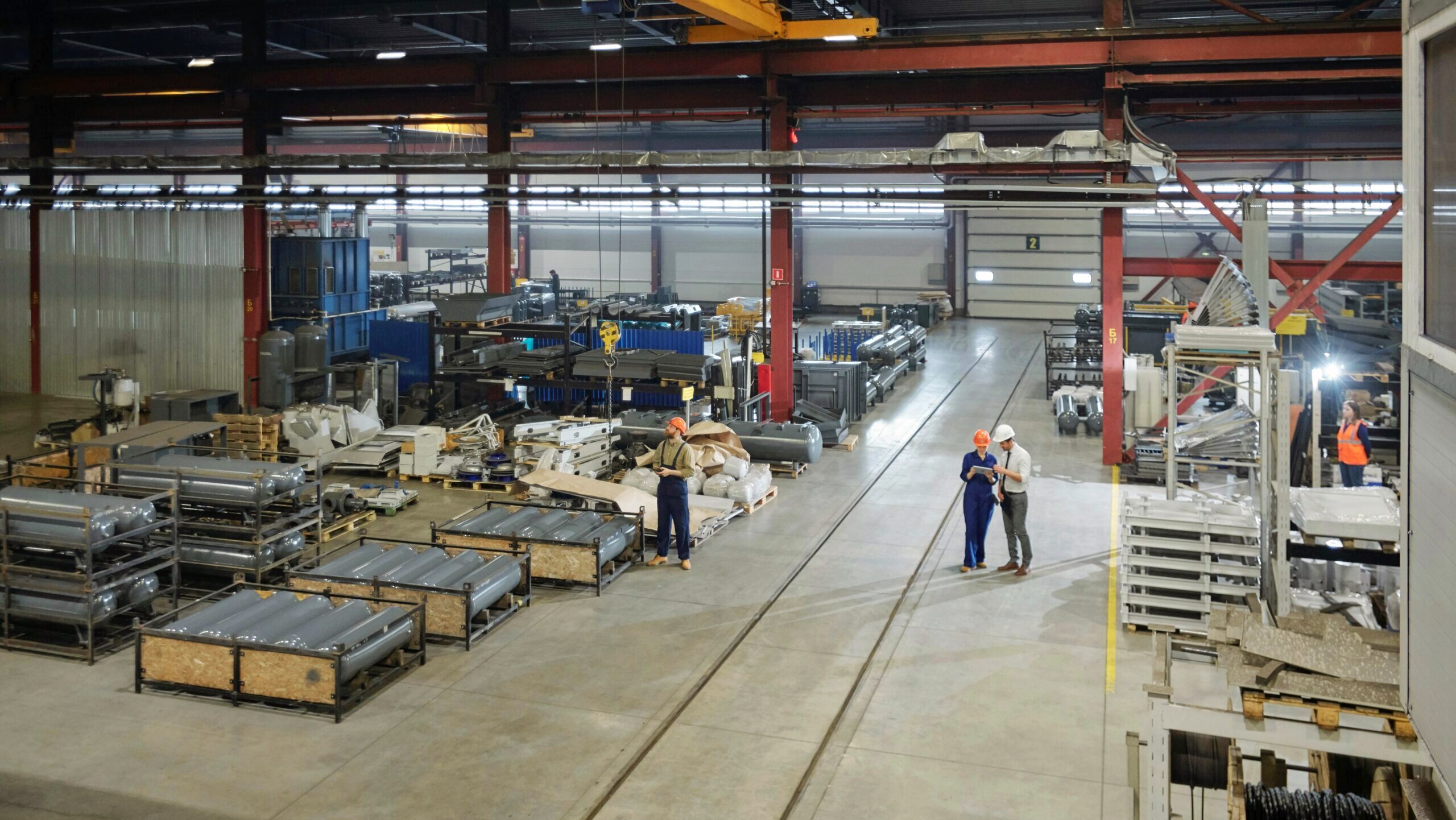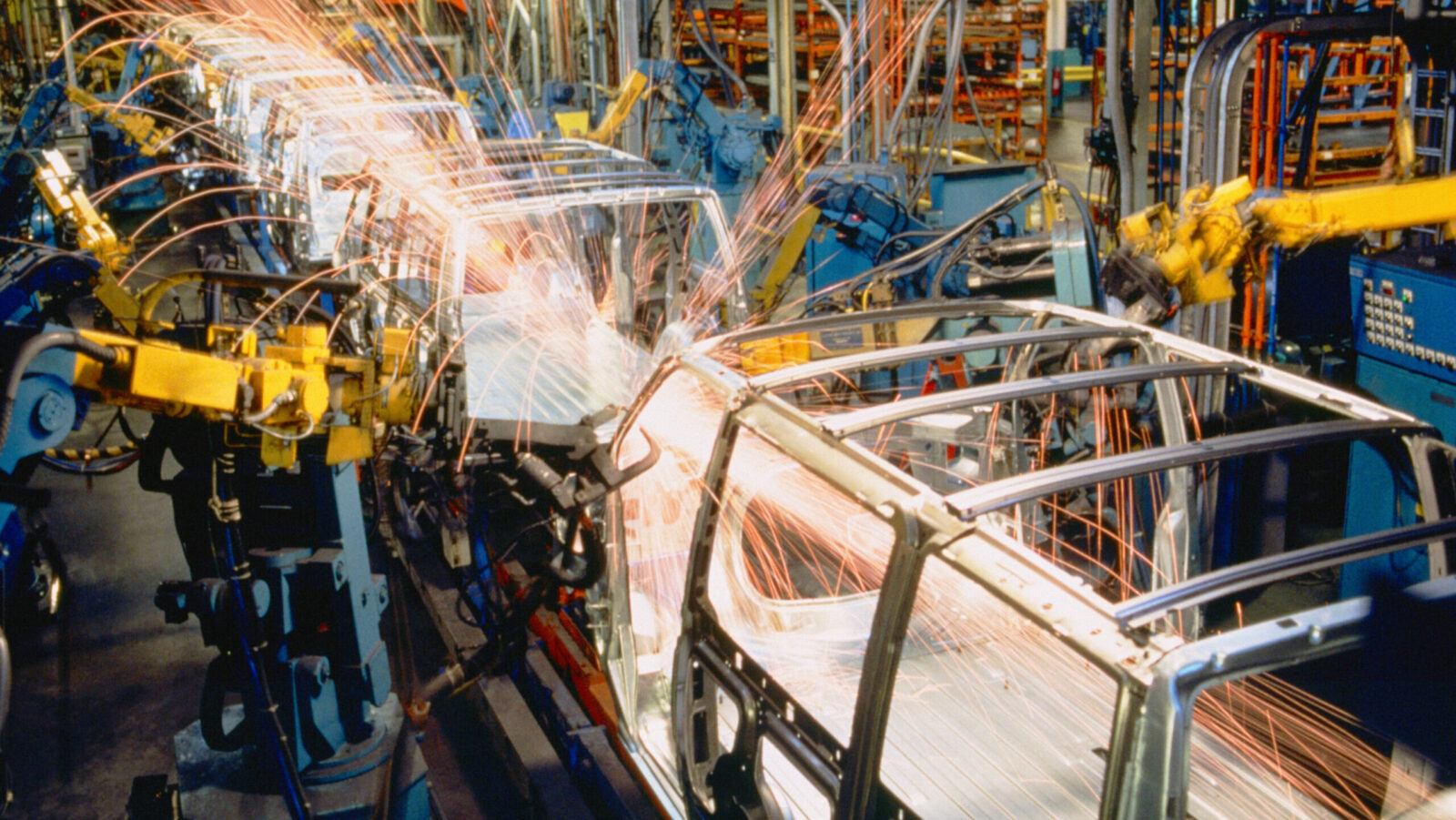Manufacturing Boom May Signal Higher Prices for Wary Shoppers
An index of sales prices rose at its fastest pace in three years as tariffs wound their way into the supply chain.

Sign up for smart news, insights, and analysis on the biggest financial stories of the day.
American factories are cranking up production with US manufacturing expanding at its fastest clip in three years. The go-to gauge for manufacturing spiked 3.5 points this month, a strong rebound from last month and its biggest gain since May 2022 (a month best remembered for the comeback of “Running Up That Hill”). Factory employment growth jumped the most since a March 2022 high.
US business activity, meanwhile, grew at its quickest pace this year. A monthly business gauge called the flash PMI for short ticked up last month to 55.4 from 55.1 in July. Anything above 50 signals expansion.
But other data suggest tariffs may bear down soon.
‘Made in America’ Sticker Shock
Manufacturing spiked on strong demand last month as factories received more orders and hired workers to fill them. However, an index of sales prices rose at its fastest pace in three years as tariffs wound their way into the supply chain.
Together, that data could mean that factories are passing tariff-related price hikes on to buyers. Soon, manufacturers may have to choose between letting tariffs eat into their profits or hoping demand will remain strong enough that they can keep selling goods at a premium.
The send-it-down strategy could soon cycle down to consumers:
- A measure of the price of goods before they reach shoppers, the Producer Price Index jumped in July to outstrip economists’ predictions. Consumer prices and spending have yet to be hit too hard, but these signals further up the supply chain suggest shoppers will soon feel more of the brunt of tariffs.
- Also delaying the trickle-down, sellers preemptively stocked up on goods they expected to be most impacted by tariff-related price hikes. Their stockpiles of these price-sheltered products could soon run dry, however.
Hot Potato: Tariffs don’t hit shoppers immediately (well, at least those who don’t order exclusively from Temu). They start instead at the top of the supply chain and get passed along. Now, data is starting to show factories passing tariffs down to buyers like they’re playing a game of hot potato — and that potato could soon burn shoppers. But the game doesn’t stop there. Investors are watching inflation closely because if it starts to rise, the Fed may feel the need to reverse rate cuts, tapping the brakes on business activity until prices moderate.











